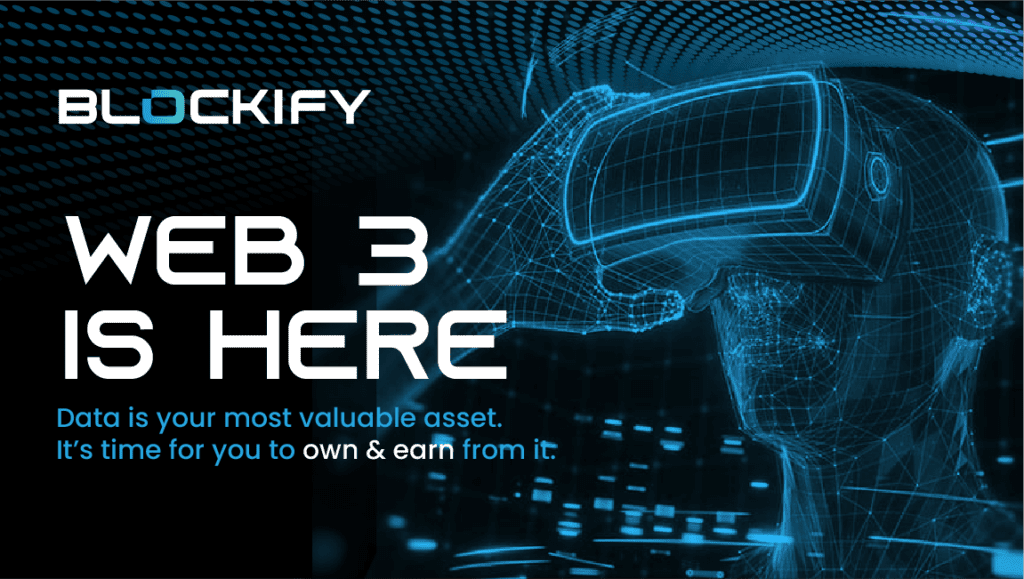The Internet has evolved significantly since its inception, going from static webpages to interactive applications and an ever-growing web of interconnected networks. Now, we are standing on the brink of a new era of the Internet, known as Web 3.0 or the Semantic Web. In this article, we will take a look at what Web 3.0 is, how it differs from its predecessors, and what the future of web 3 holds for this powerful new technology.
What is Web 3.0?
Web 3.0 is the third generation of the Internet, taking the World Wide Web to a new level of sophistication and capability. It is characterized by a shift away from static webpages towards more interactive, intelligent, and personalized experiences. Web 3.0 is built upon a foundation of web technology such as HTML5, CSS3, AJAX, and JSON, as well as more sophisticated technologies such as artificial intelligence, machine learning, and natural language processing.
Web 3.0 technologies are designed to make the web more user-friendly and efficient. They allow websites to become more personalized, interactive, and contextually aware. For example, a web page might have the ability to understand user preferences or interests and tailor the content it displays accordingly. Web 3.0 also enables the development of “smart” applications that are able to interact with the user and make suggestions or recommendations.
What is the Difference Between Web 2.0 and Web 3.0?
Web 2.0 was the second generation of the Internet, characterized by the rise of social media, user-generated content, blogs, and other interactive web applications. It was a significant step forward for the web, allowing for increased user interaction and engagement.
Web 3.0 is the next step in the evolution of the web. It is focused on making the web more intelligent and user-friendly. It is characterized by a greater emphasis on artificial intelligence, machine learning, and natural language processing. Web 3.0 also makes use of semantic web technologies, allowing webpages to better understand user preferences and display more relevant content.
What is the Future of Web 3.0?
The future of Web 3.0 is one of increased personalization and user engagement. Webpages will be able to understand user preferences and tailor their content accordingly. Web applications will be able to interact with users in a more natural and intuitive way, making use of natural language processing and machine learning algorithms.
In addition, web 3.0 platform will open the door for new ways of collecting and analyzing data. Webpages will be able to collect vast amounts of data from users, allowing for more precise targeting of advertisements and content. This data can also be used to improve the accuracy of machine learning models, leading to more intelligent applications.
Web 3.0 will also make it easier for developers to create sophisticated applications. By utilizing the latest web technologies, developers will be able to create applications that are more interactive, personalized, and contextually aware. You can gain insights with Blockify Crypto. This will lead to the development of smarter, more intuitive applications that can provide users with a more engaging experience.
Conclusion
Web 3.0 is the next step in the evolution of the Internet, allowing for more intelligent, personalized, and interactive applications and webpages. It will open the door for more accurate data collection and analysis, as well as more intuitive interactions between users and webpages. Web 3.0 will also make it easier for developers to create sophisticated, engaging applications that can provide users with a more personalized experience. All of this points towards an exciting future for the web, and it will be interesting to see what new opportunities are created in the years to come.




 StableDiffusion
StableDiffusion StableDiffusion
StableDiffusion StableDiffusion
StableDiffusion Photo by
Photo by  Photo by
Photo by  Photo by
Photo by 
 Photo by
Photo by  Photo by
Photo by  Photo by
Photo by  Photo by
Photo by  Photo by
Photo by 







